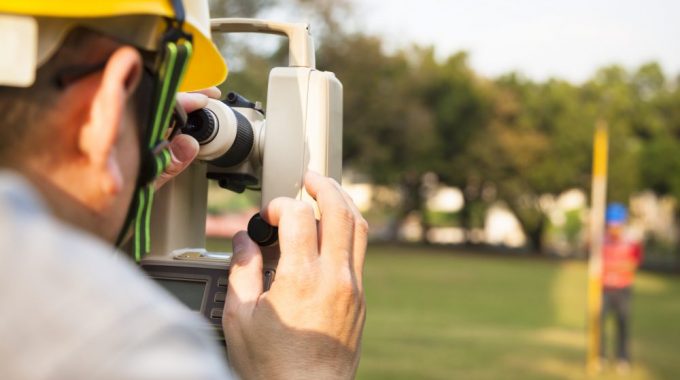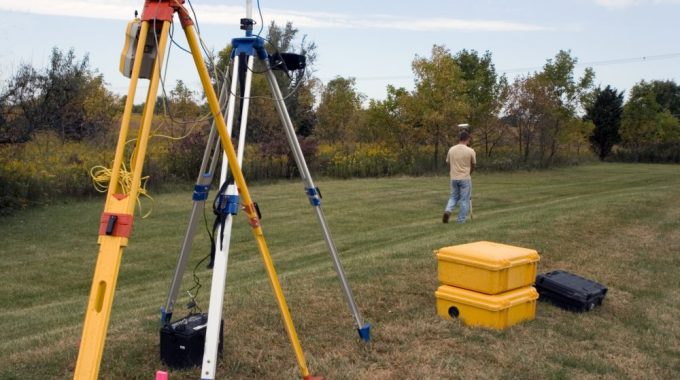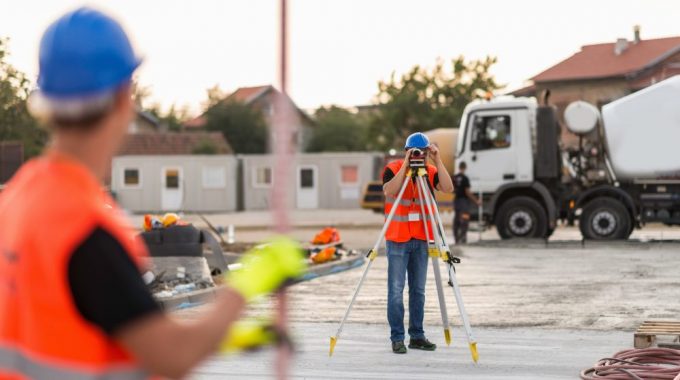
Top 10 Reasons for a Land Survey
So, you think you know everything there is to know about the legal description of your property. If you had to, you could dig up that old plat and calculate precisely where your property begins and ends. And you know exactly who has a right to come onto your property and why.
If that’s true, you’re one step ahead of most property owners. Most people seek out the expertise of a professional land surveyor to settle common property description issues before they become problems. And in addition to a professional survey, many people seek other specific certifications such as an environmental certification, a zoning opinion letter, or a flood plain certificate for flood insurance. Following are some common reasons property owners hire a surveyor.
1. Boundary Lines
One of the most common reasons a landowner seeks the assistance of a surveyor is to find the location of boundary lines and other lines of occupancy or possession is a critical piece of information to have before you build a fence, add a sun-room or pave your driveway. All too often the survey shows that you and your neighbors were operating under the wrong assumption about the placement of the boundary line between your properties. Before you have that fence erected, you want to make sure it will be built on your property, not your neighbor’s. At a minimum, a Monumented Land Survey Plat will tell you whether the legal description of your property is accurate. An Improvement Survey Plat (ISP), not an ILC (Improvement Location Certificate), will show the boundary line in addition to the improvements upon the land including 5 feet outside of the boundary. The ISP can be relied upon for future improvements, an ILC cannot be relied upon for future improvements.
2. Gores, Overlaps, and Gaps
Part of the Monumented Land Survey Plat, most surveys include a statement that unless the survey says otherwise, there are no discrepancies between the boundary lines of your property and the adjoining property. This is especially pertinent if your property is continuous with alleys, roads, highways, or streets.
3. Rights-of-Way, Easements, And Abandoned Roads
A survey will show all the conditions imposed by law that are reflected in your property’s title report and other agreements. If your property blocks your neighbor’s access to the road, for example, there may be an old agreement (called an “easement”) that gives your neighbor the right to walk across your yard to the street. Not to mention unwritten rights of yours or others.
4. Ponds, Rivers, Creeks, Streams, Wells, and Lakes
The typical survey reports visible or surface waters only. Underground waters and wetlands are topics that are better covered by other professional inspections.
5. Joint Driveways, Party Walls, Rights-of-Support, Encroachments, Overhangs, or Projections
Unbeknownst to you or your next-door neighbor, you may have an obligation by law to support your neighbor’s driveway by maintaining your own.
6. Existing Improvements
The surveyor will usually certify that the buildings and other improvements, alterations, and repairs to your property that exist at the time of the survey are not in violation of laws or other restrictions such as those regarding height, bulk, dimension, frontage, building lines, set-backs, and parking. Of course, the surveyor will also tell you if your latest improvement is in violation of a local ordinance or other law, which will put you on notice that a change is in order or even a possible variance. An ALTA/NSPS Land Title Survey is a good option to discuss.
7. Water, Electric, Gas, Telephone and Telegraph, Pipes, Drains, Wires, Cables, Vaults, Manhole Covers, Catch Basins, Lines, Poles and drainage rights
Poles and above-ground wires are obvious, but the surveyor can usually report on the existence of underground cables and drains, as well, if the information is provided to him or her by your utility companies and municipality. Such information is important for two reasons. A utility company may have the right to use a portion of your property for upkeep of utility lines, and may have a say in how tall you let your trees grow, for instance. Also, knowing the exact location of underground utilities is critical before any excavation or construction begins. Call for utility locates before you dig. It’s the law.
8. Cemeteries
It is unlikely that unbeknownst to you there is an old family burial ground in your back yard. The survey will show the exact location of any old cemeteries on your plat. Also, pet and livestock burial sites have been found before.
9. Access, Ingress and Egress
Your survey should state, at a minimum, whether there is physical vehicular ingress and egress to an open public street. It may also specify the adequacy of access for a particular purpose, such as delivery trucks, emergency vehicles such as fire trucks, and driveways for tenants.
10. Zoning Classification
You probably know whether your property is zoned for residential or light industrial use. But you may be surprised to discover that your zoning classification puts specific restrictions on how you use your property. This part of the survey simply reports your zoning jurisdiction and classification. Once you have your completed and certified survey, you may want to consult an attorney about whether you are using your property in conformance with zoning ordinances or for other advice about the legal ramifications of your property survey. A survey plat presents the evidence.
Contact me anytime to Get a Free Professional Land Surveyor Review of Your Property Boundary Related Concerns.
Sometimes a dispute between neighbors is just the result of a misunderstanding, such as confusion over where one property ends and the other begins, which is why having your property surveyed is a good idea. If you have disputes with a neighbor that you’re unable to remedy yourself, you may need the help of a Professional Land Surveyor. Get started today with a free review of your concerns by a Professional Land Surveyor. A true, accurate survey is one heck of a good insurance policy, so to speak.



